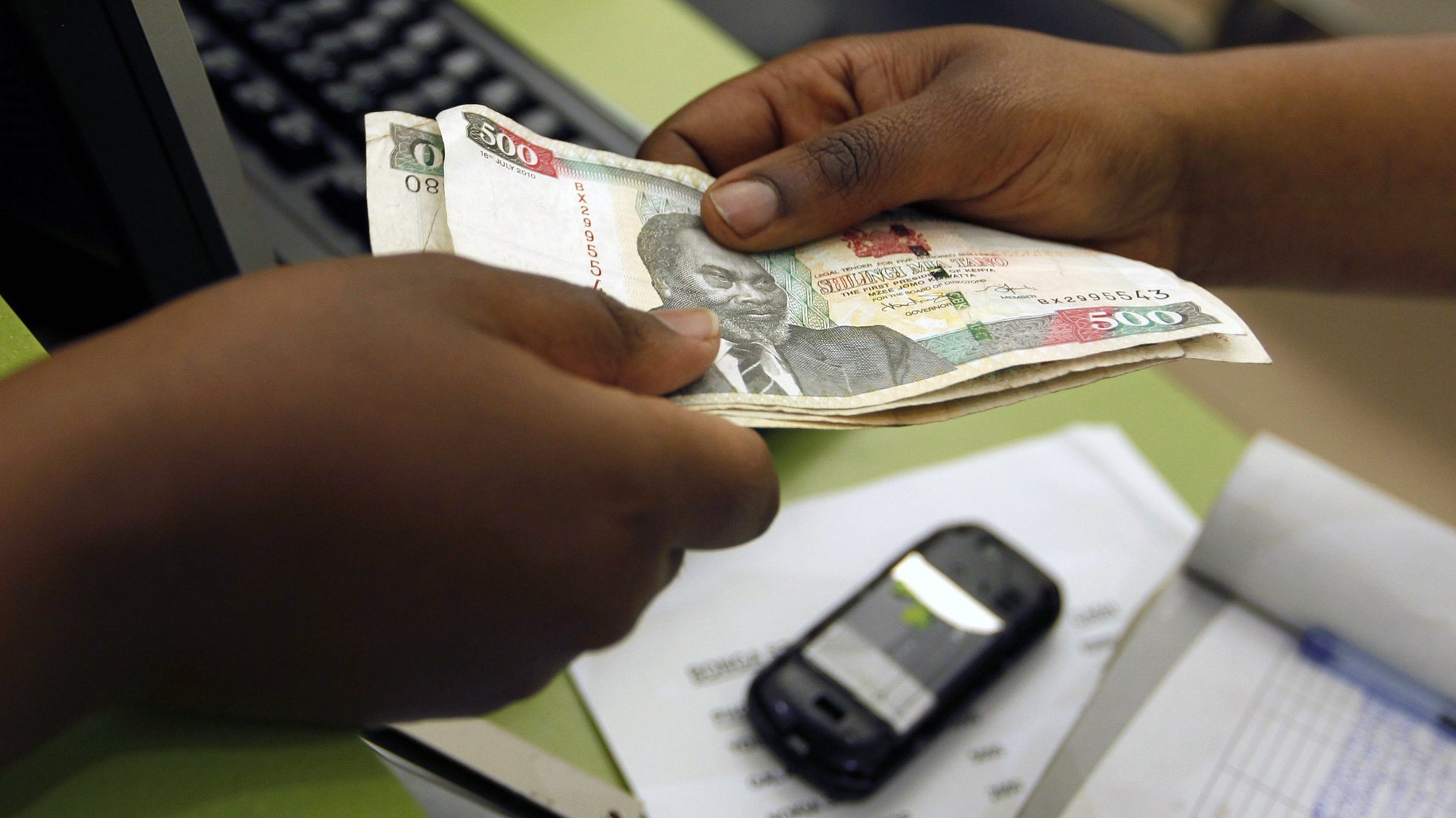US State Dept thinks Africa’s leading mobile money platform is vulnerable to money laundering
Mobile money providers like M-Pesa have disrupted traditional financial systems in many countries in ways conventional banks could only dream of. But, despite the significance of such services in the lives of millions of people, they remain vulnerable for use by money launderers, says a US Department of State report (pdf, pg.116).


Mobile money providers like M-Pesa have disrupted traditional financial systems in many countries in ways conventional banks could only dream of. But, despite the significance of such services in the lives of millions of people, they remain vulnerable for use by money launderers, says a US Department of State report (pdf, pg.116).
The addition of international money transfer capabilities to M-Pesa with users in Kenya and Tanzania able to transfer or receive funds directly across borders has made illicit financial flows effortless. Currently, M-Pesa users in East Africa can receive or send money internationally following mobile money providers’ partnerships with a host of providers.
The State Dept says diaspora remittances to Kenya totaled $1.55 billion in 2015 and $862 million between January and September 2016. It points to the 159,000 mobile-money agents in Kenya, mostly working on the dominant M-Pesa system as well as the over 10 million accounts on M-Shwari, Safaricom’s online banking service.
“These services remain vulnerable to money laundering activities,” the report states. This is backed up by Kenya’s standing as “a transit point for international drug traffickers and trade-based money laundering.”
Safaricom maintains that it works with the Central Bank of Kenya and other regulators to review the systems and regulations in place to ensure they meet the “highest global standards”. The company is subject to the Proceeds of Crime and Money Laundering Act, 2012 and regularly files reports with the country’s Financial Reporting Centre. Besides monitoring all transactions to detect and report suspicious activity, the telco says its partners are equally required to undertake due diligence on remitters in line with their respective countries’ anti-money laundering regulations.
The US State Department however points out that tracking and investigating suspicious transactions within mobile payment or banking systems remain difficult despite the checks already in place.
“For example, criminals could potentially use illicit funds to purchase mobile credits at amounts below reporting thresholds.”
Other regional remittance channels like hawala (a type of informal money transfer system popular in Kenya and Somalia) for international funds transfers make it harder to track transactions. Unlike M-Pesa which is closely regulated and has daily transfer limits of $1,400, the hawala system allows transfer of large sums of money, is multi-currency and can be used without identification document requirements.
Since the launch of M-Pesa in Mar. 2007, there has been a proliferation of mobile money services across the world by different operators. M-Pesa operates across 10 countries.
Last year, $33.5 billion was transacted through M-Pesa up from $28.2 billion in 2015. The scale of such transactions and M-Pesa’s deep entrenchment in the economy has authorities worried of potential consequences if the system collapsed. Despite such concerns, enormous growth potential continues to attract more players including the recently launched PesaLink.